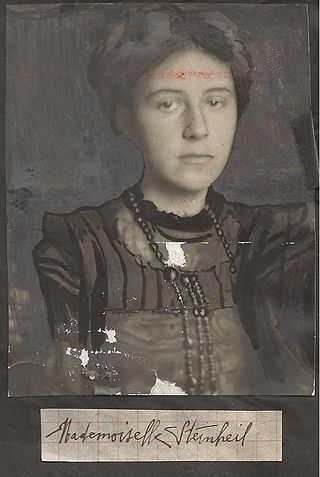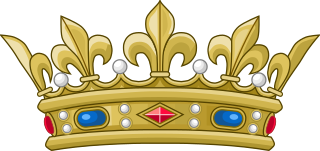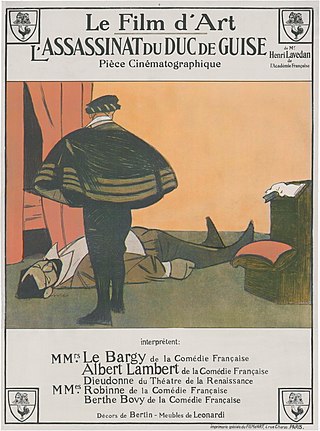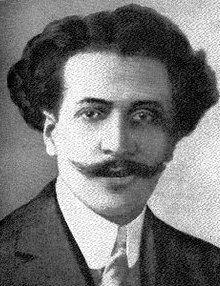
All This, and Heaven Too is a 1940 American drama film released by Warner Bros.-First National Pictures, produced and directed by Anatole Litvak with Hal B. Wallis as executive producer. The screenplay was adapted by Casey Robinson from the 1938 novel by Rachel Field. The music was by Max Steiner and the cinematography by Ernie Haller. The film stars Bette Davis and Charles Boyer with Jeffrey Lynn, Barbara O'Neil, Virginia Weidler, Helen Westley, Walter Hampden, Henry Daniell, Harry Davenport, George Coulouris and Montagu Love.
Lori Helene Berenson is an American who served a 20-year prison sentence for collaboration with a guerrilla organization in Peru in 1996. Berenson was convicted of collaborating with the Túpac Amaru Revolutionary Movement (MRTA), a group accused of trying to overthrow the Peruvian government by force, considered to be a terrorist organization by the Peruvian government, and on the U.S. State Department's official "terrorist organization" list from 1997–2001. Her arrest and conviction, and the circumstances surrounding her trials, drew considerable attention in both the United States and Peru.

Raymond Nicolas Landry Poincaré was a French statesman who served as President of France from 1913 to 1920, and three times as Prime Minister of France. He was a conservative leader, primarily committed to political and social stability.

Pierre Paul Henri Gaston Doumergue was a French politician of the Third Republic. He served as President of France from 1924 to 1931, succeeding Alexandre Millerand, who had resigned.

Joseph-Marie-Auguste Caillaux was a French politician of the Third Republic. He was a leader of the French Radical Party and Minister of Finance, but his progressive views in opposition to the military alienated him from conservative elements. He was accused of corruption, but was cleared by a parliamentary commission. This political weakness strengthened the right wing elements in the Radical Party.

Marguerite Jeanne "Meg" Japy Steinheil, Baroness Abinger was a French woman known for her many love affairs with important men. She was present at the death of President Félix Faure, who was rumoured to have died after having a seizure while allegedly having sex with her. She was later tried for the murders of her husband and mother, but was acquitted.

Aimé-Jules Dalou was a 19th-century French sculptor, admired for his perceptiveness, execution, and unpretentious realism.

Léon Charles Albert Calmette ForMemRS was a French physician, bacteriologist and immunologist, and an important officer of the Pasteur Institute. He discovered the Bacillus Calmette-Guérin, an attenuated form of Mycobacterium bovis used in the BCG vaccine against tuberculosis. He also developed the first antivenom for snake venom, the Calmette's serum.

Fils de France was the style and rank held by the sons of the kings and dauphins of France. A daughter was known as a fille de France.

Fernand-Gustave-Gaston Labori was a French attorney. He was born in Reims and educated at the Faculty of Law of Paris. In his professional life he defended the accused in some of the most prominent political cases of his day. Among his noted clients was Alfred Dreyfus who was eventually acquitted of treason. During the Dreyfus trial, Labori was the victim of an assassination attempt which hospitalized him for a week and the attacker was never identified.
In France, a cour d'assises, or Court of Assizes or Assize Court, is a criminal trial court with original and appellate limited jurisdiction to hear cases involving defendants accused of felonies, meaning crimes as defined in French law. It is the only French court that uses a jury trial.

Gaston Calmette was a French journalist and newspaper editor, whose death was the subject of a notable murder trial.

The Assassination of the Duke of Guise (1908) is a French film d'art silent film directed by Charles le Bargy and André Calmettes, adapted by Henri Lavedan, and featuring actors of the Comédie-Française and prominent set designers. It is one of the first films to feature both an original film score, composed by Camille Saint-Saëns, and a screenplay by an eminent screenwriter.
Events from the year 1914 in France.

Auguste Marie Joseph Jean Léon Jaurès, commonly referred to as Jean Jaurès, was a French socialist leader. Initially a Moderate Republican, he later became a social democrat and one of the first possibilists and in 1902 the leader of the French Socialist Party, which opposed Jules Guesde's revolutionary Socialist Party of France. The two parties merged in 1905 in the French Section of the Workers' International (SFIO). An antimilitarist, he was assassinated in 1914 at the outbreak of World War I but remains one of the main historical figures of the French Left. As a heterodox Marxist, Jaurès rejected the concept of the dictatorship of the proletariat and tried to conciliate idealism and materialism, individualism and collectivism, democracy and class struggle, and patriotism and internationalism.

André Calmettes (1861–1942) was a French actor and film director.

Eugène Bonaventure Jean-Baptiste Vigo was a French journalist and activist against militarism. He was first an anarchist and then a socialist. He founded and wrote in the newspaper La Guerre sociale and the satirical weekly Le Bonnet rouge. During World War I (1914–18) he engaged in dubious business dealings that brought him considerable wealth. He became engaged in a struggle against right-wing forces, and was eventually arrested on the grounds of being a German agent. He died in prison at the age of 34. He was the father of the film director Jean Vigo.

The following events occurred in July 1914:
On the war see July Crisis and Causes of World War I.

The Orchid Dancer is a 1928 French silent drama film directed by Léonce Perret and starring Louise Lagrange, Ricardo Cortez and Xenia Desni. It was shot at the Victorine Studios in Nice. The film's art direction was by Jacques-Laurent Atthalin and Henri Ménessier
Luc Tangorre, known as the Marseille Southern Districts Rapist, is a French serial rapist whose crimes were highly publicized in France. He has been sentenced twice, the first time in 1983, to 15 years imprisonment for nine sexual assaults and rapes committed in Marseille.


















